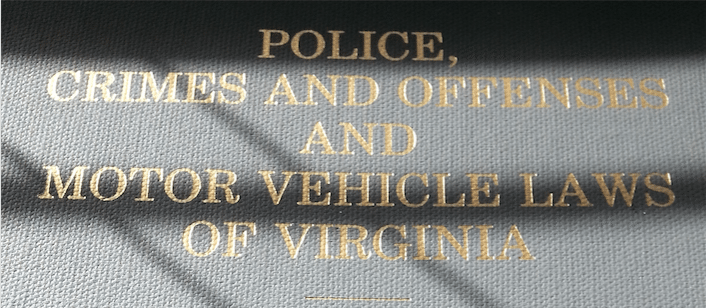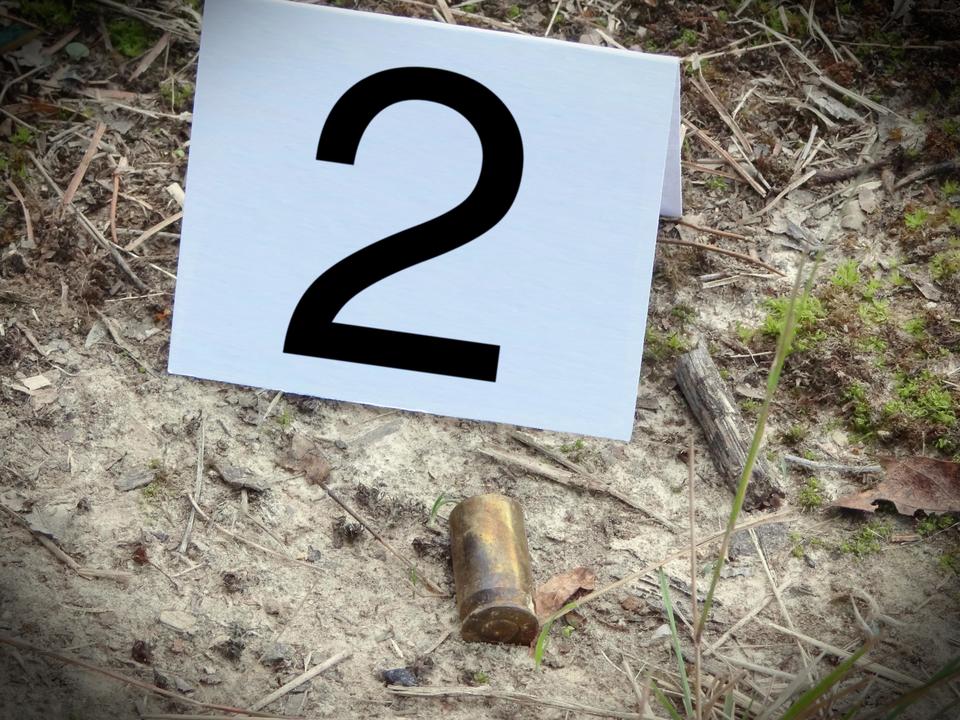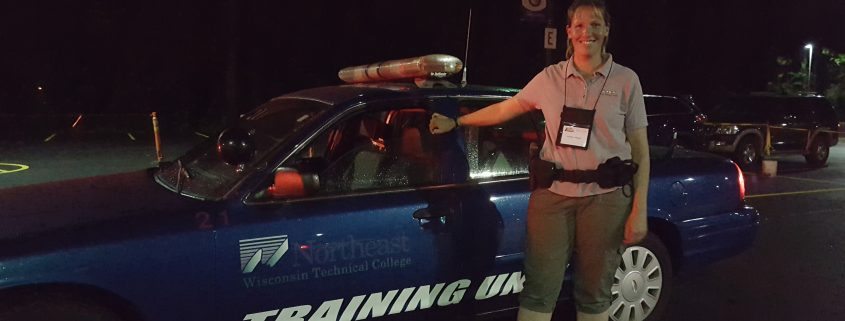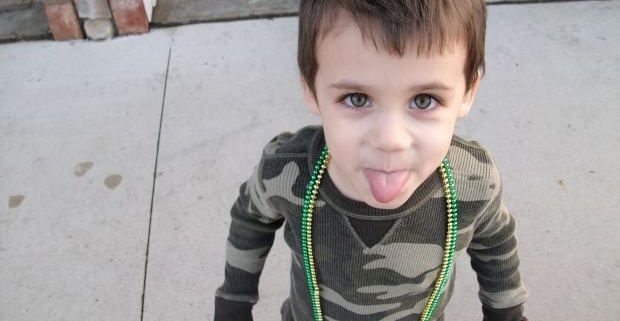Detectives Hans Cuff and Hank Ketchemall caught their third case within a week that involved a dead body. The first two were open and shut cases. Slam dunks. After all, they had eye witnesses, confessions, and videos. Easy money. But this third one, well, it wasn’t so easy to solve. The victim, a young man, was found dead in a locked closet. No wounds, no marks or bruises, no weapons, no pill bottles, no poisons, no nothing. Just a lock on the doorknob, a door, and a dead body. But the body was extremely thin … malnourished. Nearly as thin as a supermodel. Looks like he simply starved to death. But was that possible? What really happened? Somebody’s sure got some ‘splainin’ to do.
So, during an interview with the parents, the mother says she locked the teen in the closet as a form of punishment for not cleaning his room. “No big deal,” she says. “He’s just a foster child, anyway. I didn’t mean to forget him, but we have so many foster kids. It’s easy to lose track, you know.”
Her words disgust the investigators. Unfortunately, it’s not the worst they’ll hear before they pull the pin at twenty-five years. Cuff and Ketchemall, detectives working in the Commonwealth of Virginia, now know they indeed have a homicide. Well, actually, this one’s a murder (homicide is the killing of one person by another, but not always a murder) so they must arrest the parents for something. But what charge? Is this a death penalty case? 1st degree murder? 2nd degree? What? Is the process so convoluted and confusing that detectives and other law enforcement officials consult psychics and readers of crystal balls to help with selecting proper charges?
Well, the process is a bit more precise than bringing out the old Ouija Board or speaking with Madam Zorba. Therefore, in the case above, Detectives Cuff and Ketchemall, after a quick flip through the code books, decided the parents have committed murder in the first degree, a second class felony that carries a sentence of 20 years to life.
*Note – Officers do not have to be this specific at the time of arrest.
How about you? Have you ever wondered how and why crooks and killers are charged with various crimes? Sure, sometimes it sounds as if the prosecutors and police had a peek into the old legal mumbo-jumbo crystal ball before they issued the warrants. But, believe it or not, there are guidelines—code sections—that spell out individual charges for specific acts. And, since most of you reading this blog deal with writing about murder, here are the charges (in the state of Virginia) directly from the books, the Code of Virginia.

Our police academy even issued a set of these books to every recruit (I still have my first set). Remember, laws vary from state to state, and they’re amended from time to time.

So, to find the proper criminal code section we go to the handy bookshelves in our office. There, we select Volume 1, the book that spells out the proper statutes that deal with the matters at hand.

Title 18.2 relates specifically to Crimes and Offenses.
Sections 18.2-30 thru 18.2-76.2 deal with crimes against the person.
18.2-77 thru 18.2-167.1 addresses property crimes.

We thumb through the book until we land on the sections dealing with dead bodies and what caused them to be, well … dead. Here’s what we see on just a few of those pages.
§ 18.2-31. Capital murder defined; punishment

The following offenses shall constitute capital murder, punishable as a Class 1 felony
1. The willful, deliberate, and premeditated killing of any person in the commission of abduction, as defined in § 18.2-48, when such abduction was committed with the intent to extort money or a pecuniary benefit or with the intent to defile the victim of such abduction
2. The willful, deliberate, and premeditated killing of any person by another for hire
3. The willful, deliberate, and premeditated killing of any person by a prisoner confined in a state or local correctional facility as defined in § 53.1-1, or while in the custody of an employee thereof;
4. The willful, deliberate, and premeditated killing of any person in the commission of robbery or attempted robbery;
5. The willful, deliberate, and premeditated killing of any person in the commission of, or subsequent to, rape or attempted rape, forcible sodomy or attempted forcible sodomy or object sexual penetration;
6. The willful, deliberate, and premeditated killing of a law-enforcement officer as defined in § 9.1-101, a fire marshal appointed pursuant to § 27-30 or a deputy or an assistant fire marshal appointed pursuant to § 27-36, when such fire marshal or deputy or assistant fire marshal has police powers as set forth in §§ 27-34.2 and 27-34.2:1, an auxiliary police officer appointed or provided for pursuant to §§ 15.2-1731 and 15.2-1733, an auxiliary deputy sheriff appointed pursuant to § 15.2-1603, or any law-enforcement officer of another state or the United States having the power to arrest for a felony under the laws of such state or the United States, when such killing is for the purpose of interfering with the performance of his official duties;
7. The willful, deliberate, and premeditated killing of more than one person as a part of the same act or transaction;
8. The willful, deliberate, and premeditated killing of more than one person within a three-year period;
9. The willful, deliberate, and premeditated killing of any person in the commission of or attempted commission of a violation of § 18.2-248, involving a Schedule I or II controlled substance, when such killing is for the purpose of furthering the commission or attempted commission of such violation;
10. The willful, deliberate, and premeditated killing of any person by another pursuant to the direction or order of one who is engaged in a continuing criminal enterprise as defined in subsection I of § 18.2-248;
11. The willful, deliberate, and premeditated killing of a pregnant woman by one who knows that the woman is pregnant and has the intent to cause the involuntary termination of the woman’s pregnancy without a live birth;
12. The willful, deliberate, and premeditated killing of a person under the age of fourteen by a person age twenty-one or older;
13. The willful, deliberate, and premeditated killing of any person by another in the commission of or attempted commission of an act of terrorism as defined in § 18.2-46.4;
14. The willful, deliberate, and premeditated killing of a justice of the Supreme Court, a judge of the Court of Appeals, a judge of a circuit court or district court, a retired judge sitting by designation or under temporary recall, or a substitute judge appointed under § 16.1-69.9:1 when the killing is for the purpose of interfering with his official duties as a judge; and
15. The willful, deliberate, and premeditated killing of any witness in a criminal case after a subpoena has been issued for such witness by the court, the clerk, or an attorney, when the killing is for the purpose of interfering with the person’s duties in such case.
If any one or more subsections, sentences, or parts of this section shall be judged unconstitutional or invalid, such adjudication shall not affect, impair, or invalidate the remaining provisions thereof but shall be confined in its operation to the specific provisions so held unconstitutional or invalid.
§ 18.2-32. First and second degree murder defined; punishment.

Murder, other than capital murder, by poison, lying in wait, imprisonment, starving, or by any willful, deliberate, and premeditated killing, or in the commission of, or attempt to commit, arson, rape, forcible sodomy, inanimate or animate object sexual penetration, robbery, burglary or abduction, except as provided in § 18.2-31, is murder of the first degree, punishable as a Class 2 felony.
All murder other than capital murder and murder in the first degree is murder of the second degree and is punishable by confinement in a state correctional facility for not less than five nor more than forty years.
Felony Sentences

§ 18.2-10. Punishment for conviction of felony; penalty.
The authorized punishments for conviction of a felony are:
(a) For Class 1 felonies, death, if the person so convicted was 18 years of age or older at the time of the offense and is not determined to be mentally retarded pursuant to § 19.2-264.3:1.1, or imprisonment for life and, subject to subdivision (g), a fine of not more than $100,000. If the person was under 18 years of age at the time of the offense or is determined to be mentally retarded pursuant to § 19.2-264.3:1.1, the punishment shall be imprisonment for life and, subject to subdivision (g), a fine of not more than $100,000.
(b) For Class 2 felonies, imprisonment for life or for any term not less than 20 years and, subject to subdivision (g), a fine of not more than $100,000.
(c) For Class 3 felonies, a term of imprisonment of not less than five years nor more than 20 years and, subject to subdivision (g), a fine of not more than $100,000.
(d) For Class 4 felonies, a term of imprisonment of not less than two years nor more than 10 years and, subject to subdivision (g), a fine of not more than $100,000.
(e) For Class 5 felonies, a term of imprisonment of not less than one year nor more than 10 years, or in the discretion of the jury or the court trying the case without a jury, confinement in jail for not more than 12 months and a fine of not more than $2,500, either or both.
(f) For Class 6 felonies, a term of imprisonment of not less than one year nor more than five years, or in the discretion of the jury or the court trying the case without a jury, confinement in jail for not more than 12 months and a fine of not more than $2,500, either or both.
(g) Except as specifically authorized in subdivision (e) or (f), or in Class 1 felonies for which a sentence of death is imposed, the court shall impose either a sentence of imprisonment together with a fine, or imprisonment only. However, if the defendant is not a natural person, the court shall impose only a fine.
For any felony offense committed (i) on or after January 1, 1995, the court may, and (ii) on or after July 1, 2000, shall, except in cases in which the court orders a suspended term of confinement of at least six months, impose an additional term of not less than six months nor more than three years, which shall be suspended conditioned upon successful completion of a period of post-release supervision pursuant to § 19.2-295.2 and compliance with such other terms as the sentencing court may require. However, such additional term may only be imposed when the sentence includes an active term of incarceration in a correctional facility.
For a felony offense prohibiting proximity to children as described in subsection A of § 18.2-370.2, the sentencing court is authorized to impose the punishment set forth in that section in addition to any other penalty provided by law









































